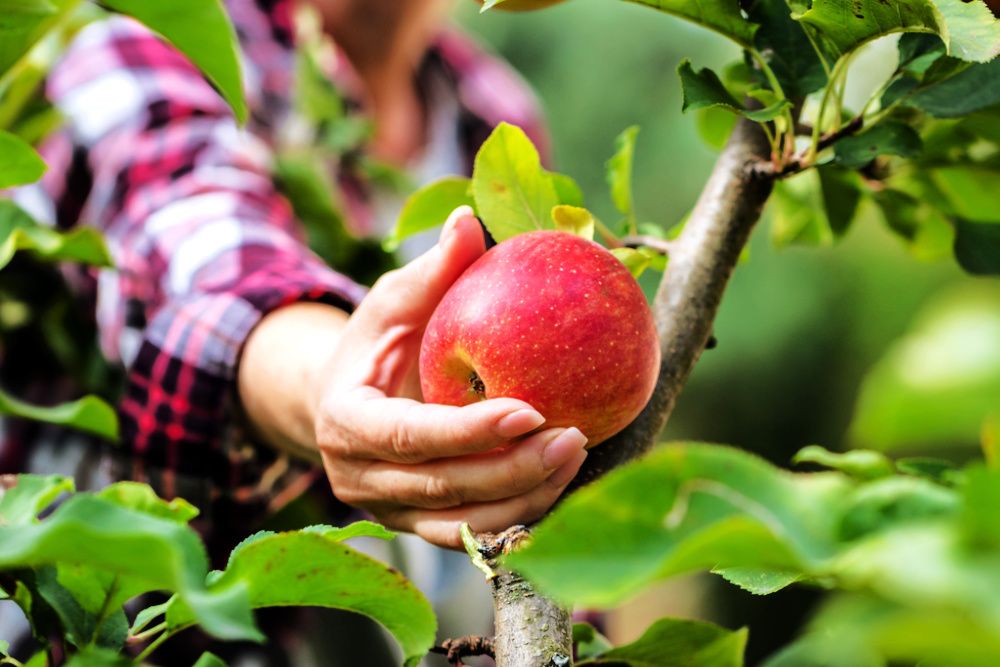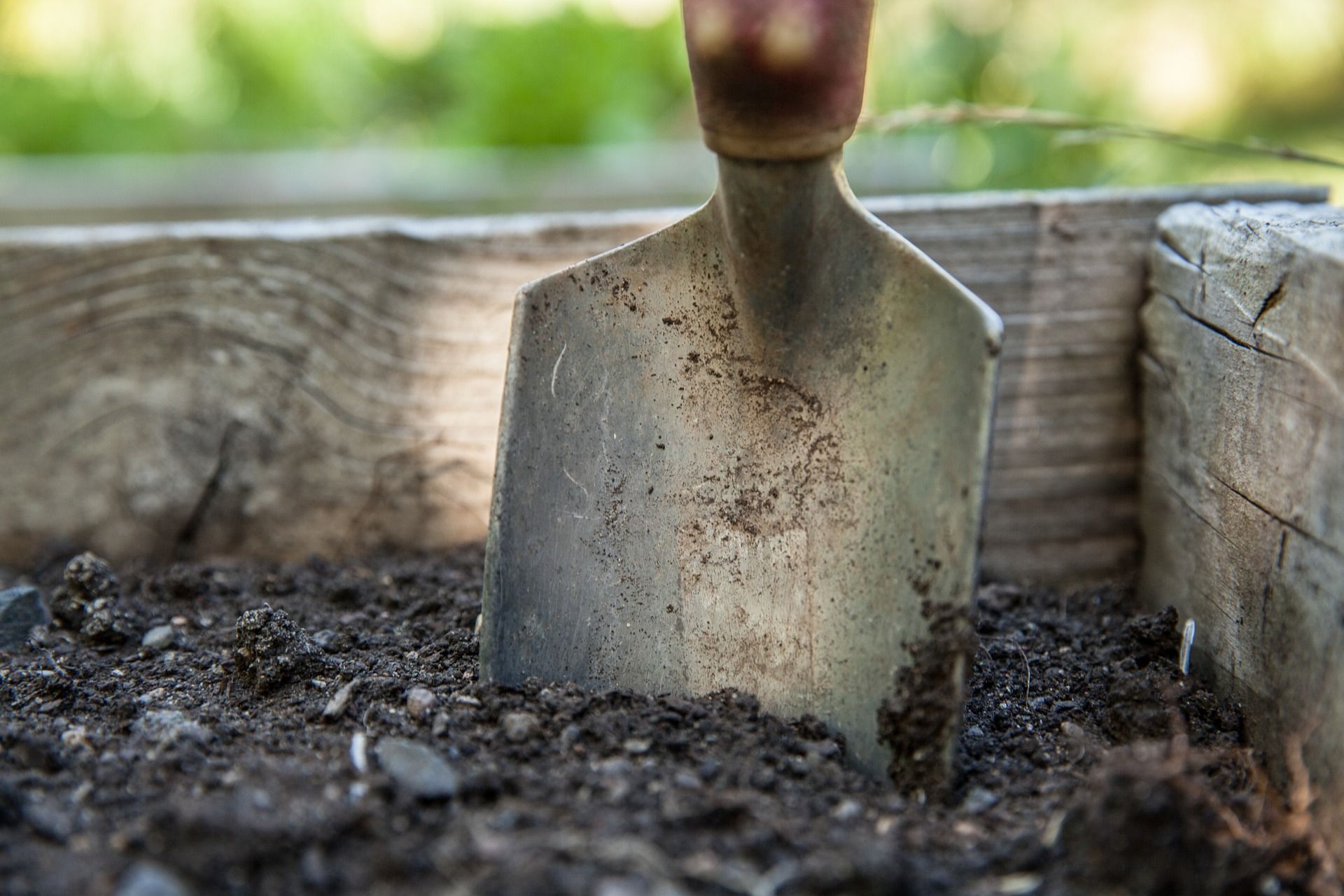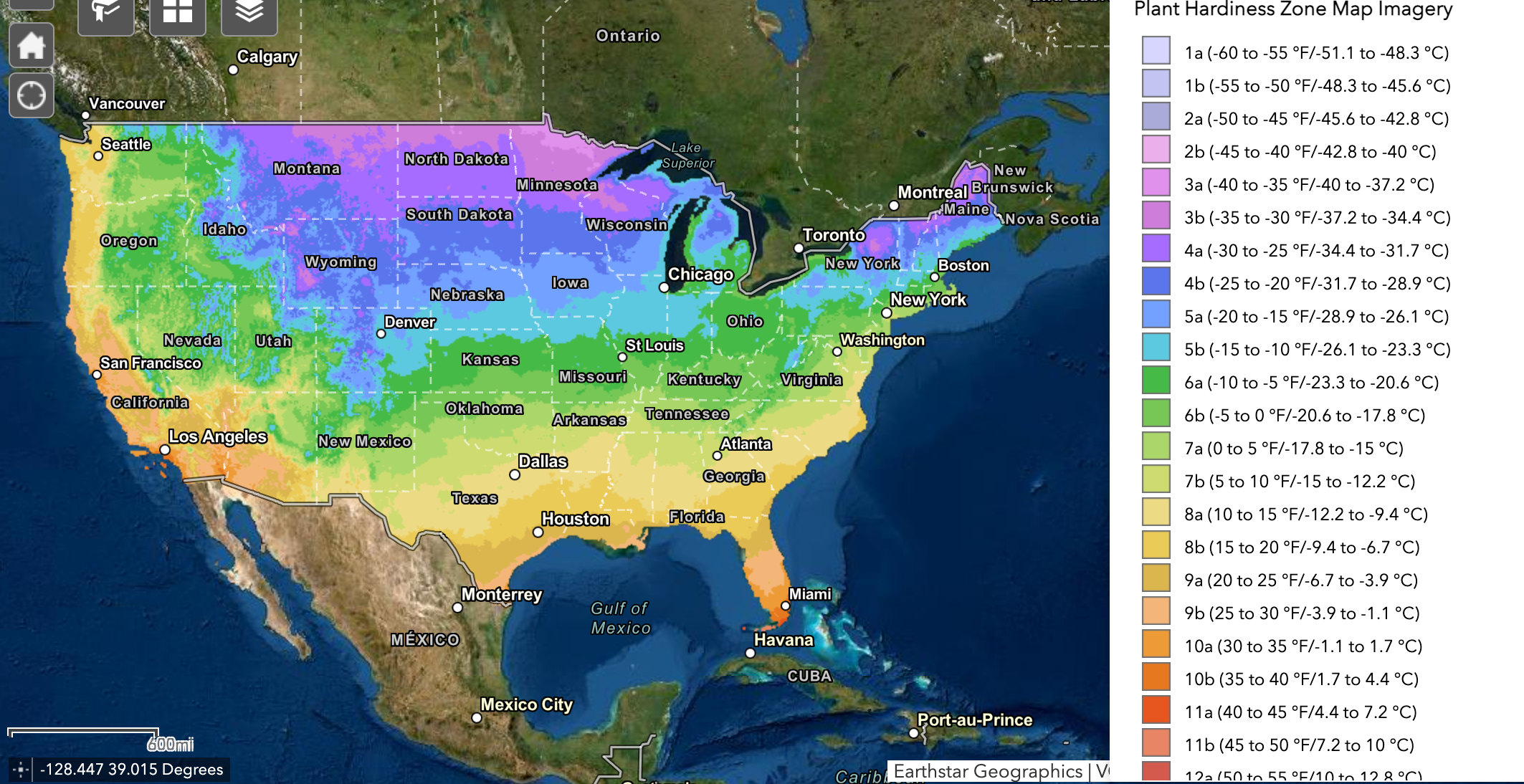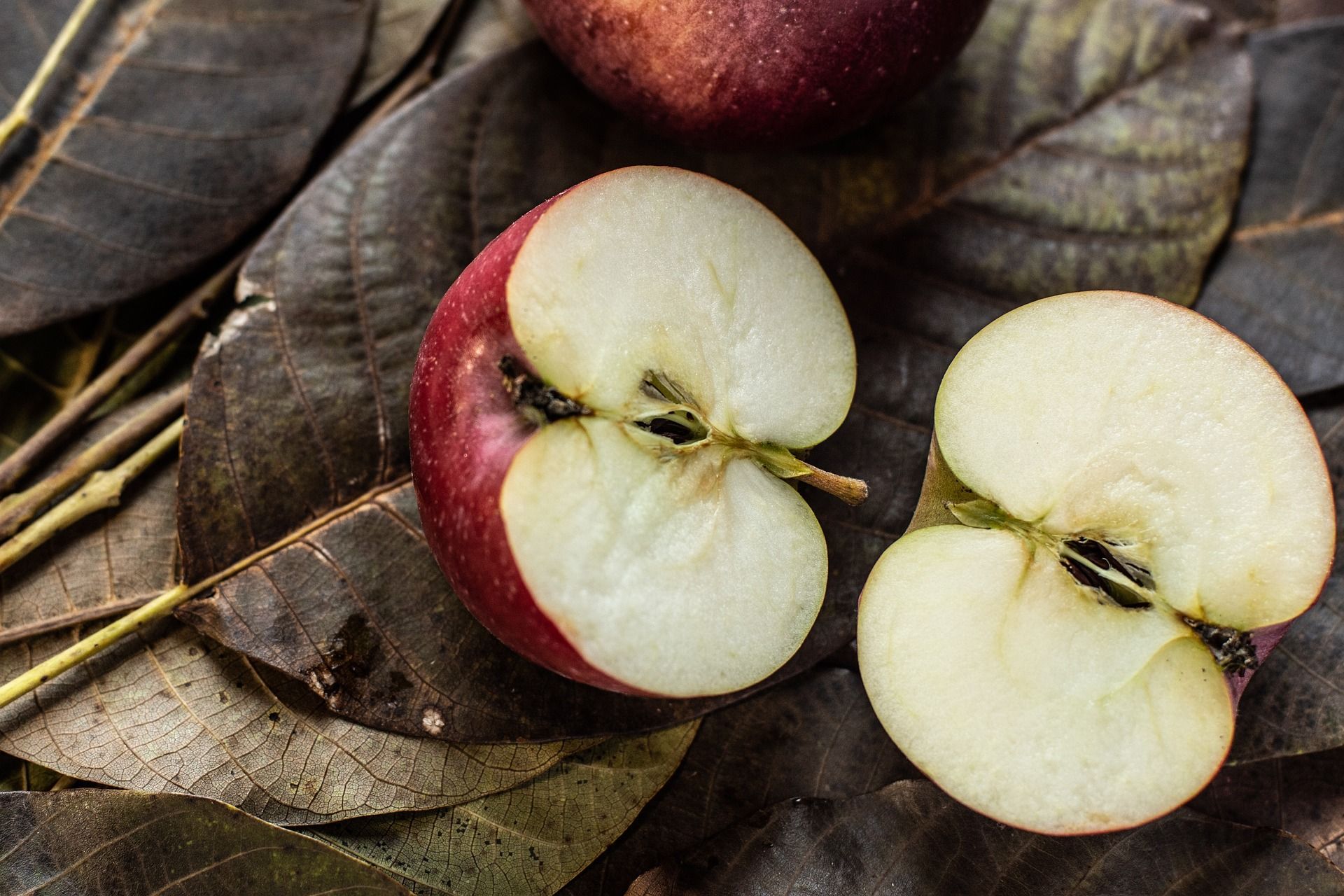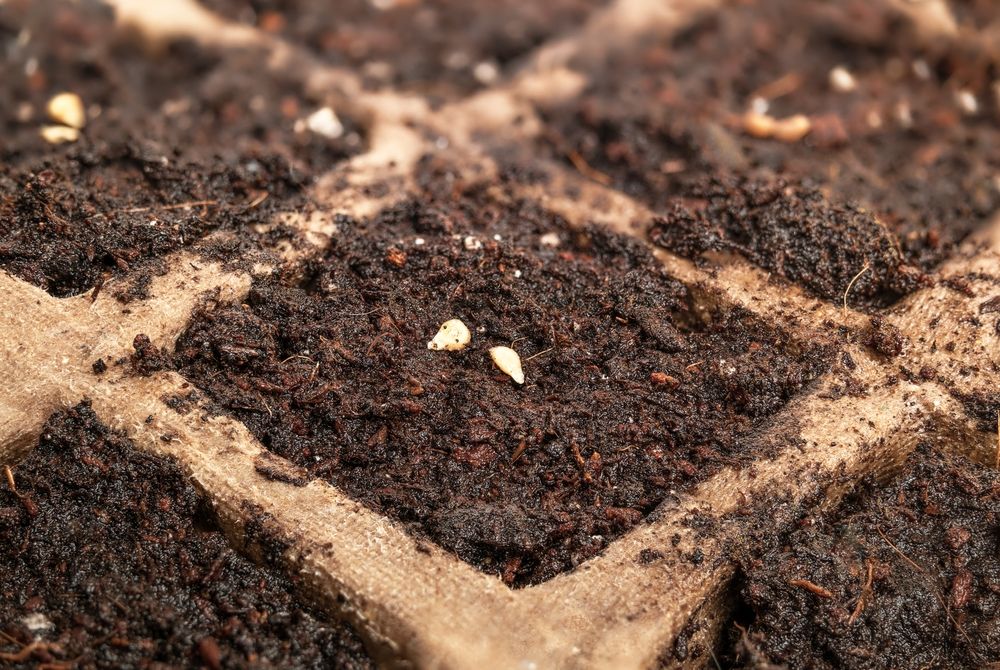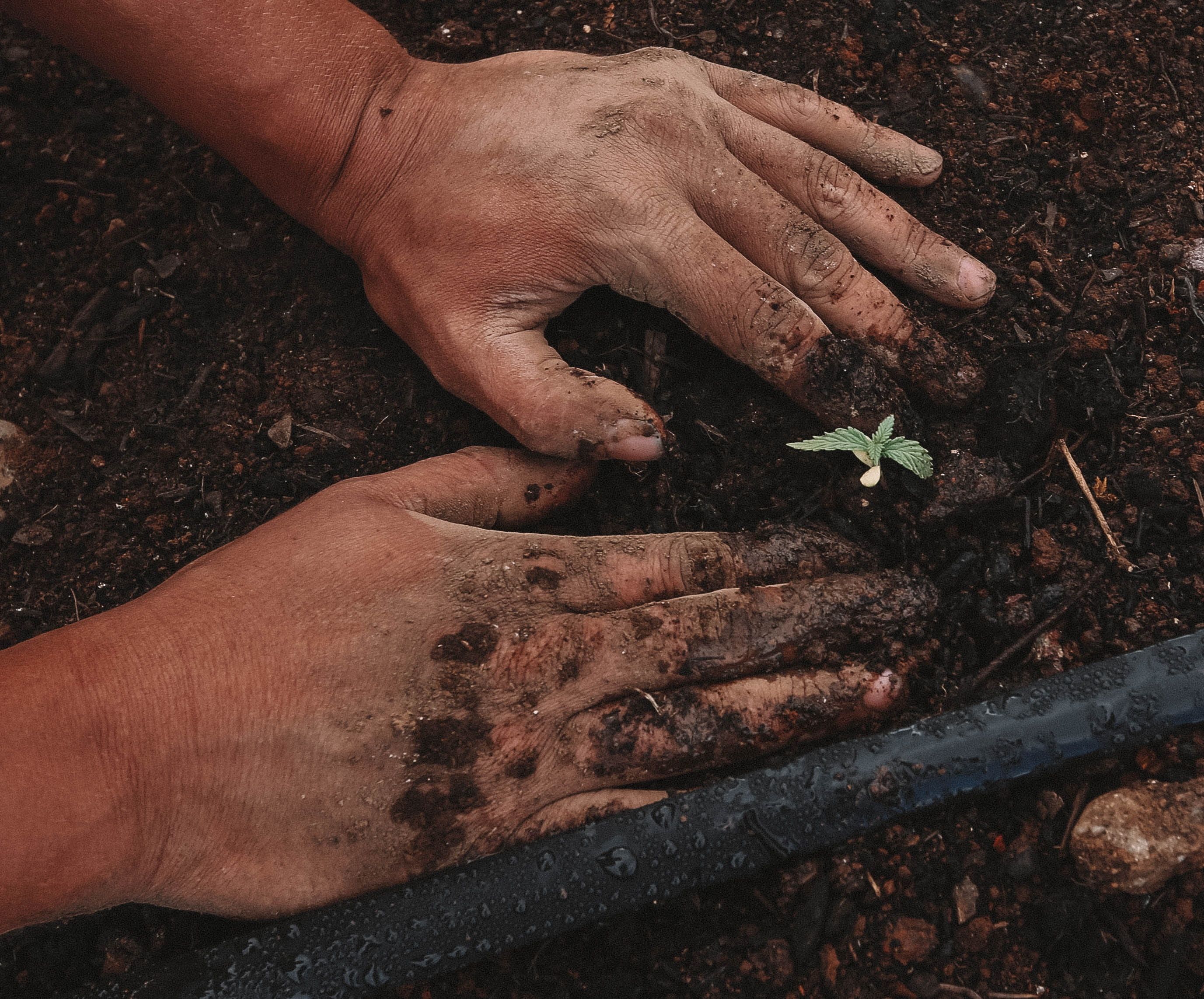If the sweet and delicious smell of apple trees has inspired you to grow your own tree, you've come to the right place! Get ready for fresh apple pies and homemade apple cider!
But, before you start replotting your backyard for an apple orchard, there are some things you need to know. Here's a how-to guide on growing apple trees from seeds.
What You'll Need
Image credits: Walkersalmanac via Pixabay
To make sure you apple tree grows tall and proud, gather these materials first.
- Apple seed
- small container/dish with lid (or cling wrap)
- sand/soil, water
- space in your yard
- spade
- stake and twine/zip ties
Step 1: Know Your Zone
Image credits: USDA
Before you undertake this growing project, you'll want to check what growing zone you're in, if you don't already know.
Apple trees are generally considered hardy plants, so their ideal growing conditions will exist in zones 3 through 5.
Step 2: Get A Seed!
Image credits: TatsianaVusava via Pixabay
This seems both obvious and simple, and while you can simply eat an apple from the grocery store and save the seeds, there's more to it than that.
Apples and their seeds are actually genetically different from the trees they grow on. So, if you plant a seed from a Granny Smith apple, you won't end up with Granny Smith apples. Most apple trees are grafted from existing trees to ensure a genetic match to ensure they grow the same kind of apples. But this isn't a how-to on tree grafting.
Any apple seed will do, just be prepared for the apples on your adult tree to be a little different than the one you ate. If you're not comfortable with this gamble, it might be worth it to visit your local garden center and pick up a young tree to be planted.
Step 3: Prep the Seed for Planting
Image credits: Sophiecat via Shutterstock
Believe it or not, apple seeds need a little cool air to get them started, and as they grow and bear fruit. So your best bet is to start your seed indoors so it will be ready to be planted in the fall.
You can put your seed straight into the ground in the fall, but helping it get started never hurts.
Prep a dish -- any dish will do, really, a bowl you won't need for a while or maybe an old sour cream container -- by adding a layer of wet sand to the bottom. Place your seed, or seeds, on top of the sand, then add another layer of wet sand on top. If you are using a container with a lid, punch a hole or two in the lid and seal the container. If you're using a container without a lid, seal the dish with a layer or two of cling wrap, again adding a hole or two to allow airflow.
Put the dish into your fridge for 90 to 120 days. Set the fridge temperature to between 37 and 41 degrees Fahrenheit.
Step 3: Pick a Spot to Plant Your Seed
Image credits: intst via Canva
Pick a place in your yard that has enough room for the tree to grow to its full potential. You can expect your tree to grow to be around 8 to 10 feet tall. Generally, you want to make sure the tree has the same number of feet in clearance around it. If your tree is expected to be 10 feet tall, make sure there are 10 feet between it and between the next tree.
Another thing to keep in mind when picking out the location to plant your tree is where the nearest pollinator plant is. Apple trees require pollen from a different apple tree for them to produce fruit. If there are crab apple trees in your neighborhood, you should be fine to plant your seeds where you like. If not, you may want to plant a second apple tree if you have the capacity for it.
Step 4: Time to Get Planting
Image credits: GreenForce Staffing via Unsplash
After the seeds have spent ample time in a cool, damp corner of your fridge, it's time to plant! If you missed the window to start your seeds in the fridge, you can plant them a half inch into the ground in the fall. The cold autumn air will help get your seeds the start that they missed by not spending time in the fridge first and aid the germination process.
Head to the spot in your yard you've designated for your tree and dig a hole about 1/2 inch deep. Pop the seed in, cover it with dirt, add some water, and there you have it! In six to 10 years, you'll have a fruit-bearing tree!
If you're hesitant to put the seed in the ground at this point, you can plant it in a small planter of wet potting soil until it sprouts. Then you can transplant it to its new spot in the yard.
Other Helpful Information
Image credits: Slatan via Canva
If you're content with the steps above, you can walk away and let nature do its magic. But, if you want to give Mother Nature a helping hand, here are some other helpful hints.
Soil pH
Check the pH level of your soil. Apple trees will grow best in soil that has a pH level of 6 or 7.
Drainage
Make sure your soil has good drainage. Your seeds are less likely to sprout if there is lots of standing water after a rain storm or after you give them a good soak from the hose. Apple trees may be thirsty but not that thirsty.
Support
You may want to stake the tree for its first few years of life. Use a metal or wooden stake to prop up the tree to help give it some extra support. Push the stake about 2 feet into the ground and make sure that it's about the same height as the tree (so the stake should be the height of the tree plus 2 feet). Tie the stake and the trunk together and you should be good to go!
Space Around the Tree
Keep a small circle around the base of the tree weed- and grass-free. You've likely seen the little naked patch of open space around most young trees in yards or parks. This little safe space helps make sure all the nutrients from the soil go to the tree and nothing else. If you don't have some weeding tools on hand, you might want to pick some up.
Apple-y Ever After
There you go! Giving your apple seeds some TLC before planting can make all the difference! Providing well draining soil, proper sunlight, and water your tree will sprout without a problem. Soon enough you'll be enjoying the fruits of your labor.
Follow these simple steps and soon enough, you'll have an apple tree in your yard. Do you have any tips for starting your own apple tree? Leave them in the comments.

